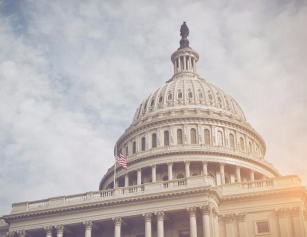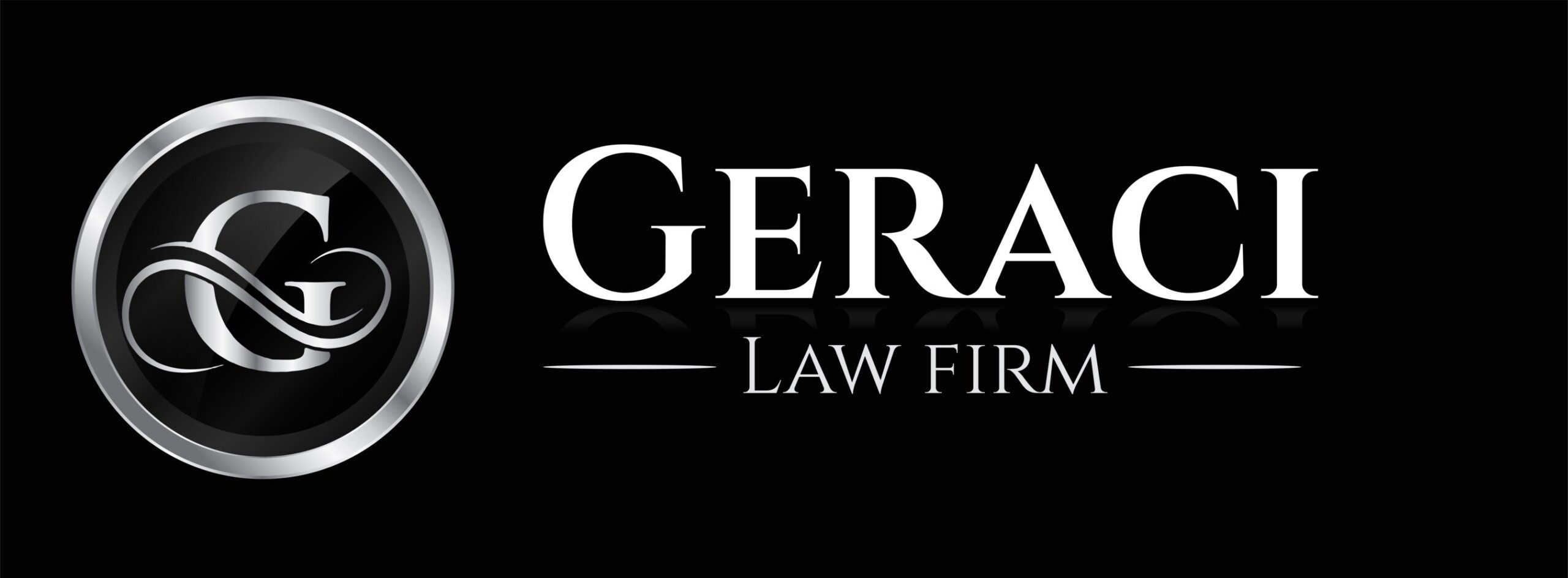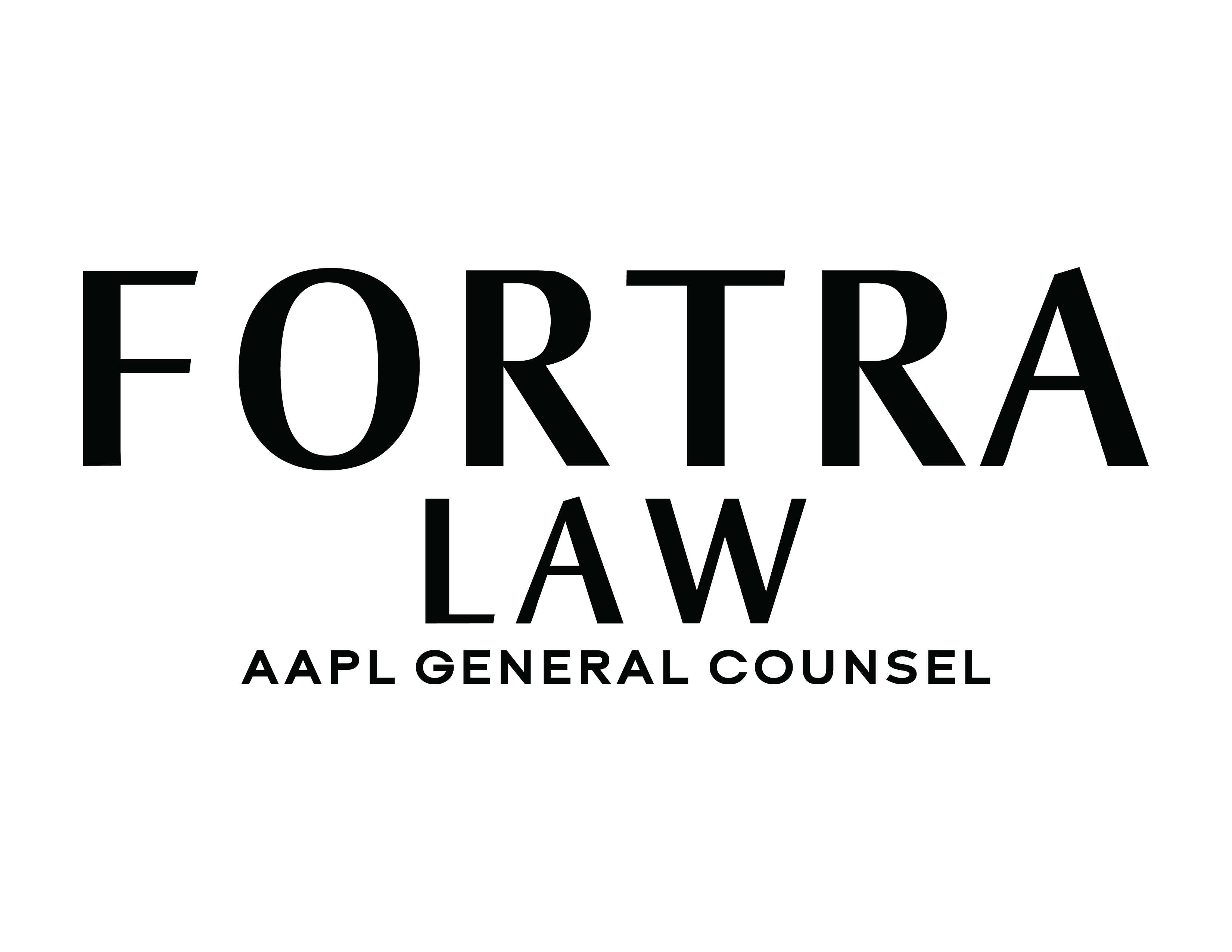Recently, the House Financial Services Committee voted to approve the Financial Choice Act, a 500+ page bill introduced by U.S. Representative Jeb Hensarling of Texas, the Committee chairman. The bill proposes to fix many issues that cropped up from implementation of the 2010 Dodd Frank Act, making it crucially important for executives in commercial finance, construction and development sectors to pay close attention to how Congress manages the legislation from here. The Financial Choice Act was approved on May 4, 2017, by Hensarling’s committee along party lines and is on its way to the floor of the House. The bill faces two obstacles: on the one hand, it remains to be seen how similar the Treasury Department’s recommendations on financial regulatory reform will be. Based on an Executive Order from President Trump, these recommendations are expected soon. On the other hand, the bill or some version of it must get through the Senate where a narrower Republican majority, combined with minority-friendly procedural rules, give Democrats a greater ability to obstruct or delay action. President Trump recently stated his intent to “give Dodd Frank a real haircut,” and is likely to sign any deregulation package that makes its way to his desk.
The Choice Act is designed to correct perceived deficiencies in the landmark Dodd Frank Act (DFA) that was the Obama administration and Congressional Democrats’ answer to the 2008 financial crisis. DFA was intended to solve the problem of financial institutions being “too big to fail,” but to many, it was hastily-introduced legislation that was sweeping both in its complexity and its reach. Small banks and credit unions ended up caught up in its regulations, and critics claimed that DFA hampered growth. Within the Choice Act there are six major topics that will be points of contention over the weeks and months ahead:
- Providing an “off ramp” for certain lenders to be exempt from DFA regulations;
- Stripping the government’s authority to seize troubled banks;
- Reforming the Consumer Finance Protection Bureau;
- Repealing the Volcker rule;
- Eliminating the “Fiduciary Rule” for investment advisers regarding retirement planning; and,
- Repealing the Durbin Amendment that regulates fees for bank debit cards.
A Drumbeat for De-Regulation
“Somebody has to protect consumers, not just from Wall Street but protect them from Washington as well,” said Rep. Hensarling during an interview with National Public Radio in May. “Free checking at banks has been cut in half. Banking fees have gone up. Working people are finding it more difficult to get mortgages. Our plan replaces Dodd-Frank’s growth-strangling regulations on small banks and credit unions with reforms that expand access to capital so small businesses on Main Street can grow and create jobs.”
The primary argument for de-regulating the DFA revolves around the U.S. economy’s 2 percent annual growth rate being too tepid, and around small lenders being hamstrung by the legislation’s regulatory burden. There is no question that large banks have only gotten larger, with the “Big Four,” JPMorgan Chase, Citigroup, Bank of America and Wells Fargo, now controlling approximately 45 percent of total bank assets. Meanwhile smaller lenders struggle as their compliance costs have skyrocketed, lowering their growth rates in comparison. While community lenders account for nearly half of all small business loans, DFA arguably constrained their appetite and ability to make mortgage loans due to the broad risk retention requirements that it imposes on everything sold into the secondary market. DFA requires lenders to show that borrowers met an “ability to repay” test—which can be challenged in court for the entire life of the loan, raising the risk of litigation. Proponents of the Choice Act point to the massive reduction in consumer mortgages underwritten by community banks as one unintended consequence of the “Too Big to Fail” regulations that needs to be fixed. However, to its critics, the Choice Act mostly benefits the largest financial institutions by reversing those DFA regulations designed to prevent another banking crisis.
Major Issues in the Financial Choice Act
While the Choice Act aims to relax regulatory requirements across a number of fronts, the six issues identified above have the potential to be the main points of contention as the bill works its way through the House floor and then to the Senate. Here are move details:
A Dodd Frank “Off Ramp.” The Choice Act would provide regulatory relief to several classes of financial institutions based on their capitalization, size, risk level or charter type. For large lenders, the off ramp reduces regulations for strongly capitalized institutions and banks that have an average “quarterly leverage ratio” of at least 10 percent. Additionally, bank holding companies with assets of at least $50 billion would be required to conduct the company-run stress test required by DFA only once a year, rather than twice a year as currently stipulated. For community banks and federal savings associations, the Choice Act would raise the threshold at which point the most cumbersome regulations come into play from $1 billion to $5 billion of assets, reducing compliance costs for thousands of firms. Additionally, there is indirect relief on the burdens that business customers of the banks face: under the Choice Act regulators must have a material reason (not based solely on reputation risk) for ordering a bank to terminate a customer’s account. The reform bill also relieves banks of the requirement to collect fair-lending-related information from businesses regarding their ownership.
Repeal of Orderly Liquidation Authority. The Choice Act would strip the federal government of the broad powers it was granted to both seize troubled lenders and provide emergency lending. Dodd Frank established a unique level of authority in the executive branch by providing the Secretary of the Treasury, in consultation with the president, the power to seize any financial institution that it determines to be in danger of default. The measures the government can then take to manage a failing large institution are referred to as the “living will” provisions. The Choice Act would eliminate this orderly liquidation authority — the government’s blank check for seizing a financial institution — without providing a coherent substitute for what to do in the event a major financial institution fails. Despite the notion of “too big to fail” large institutions do indeed get into trouble, and it is in the interests of the global economy to have an appropriate plan to contain the damage when they fail. Getting rid of the “living will” requirements without any replacement authority is a hands-off approach consistent with the looser regulatory environment before 2008.
Reform of the Consumer Finance Protection Bureau and other agencies. Another area of focus for the Choice Act concerns reforming the Consumer Finance Protection Bureau (CFPB), established under Dodd Frank to oversee federal consumer lending laws. The CFPB was designed to address systemic problems that harmed consumers like the use of “robo-signed” mortgage documents and other lender malfeasances. However, the CFPB was established as a stand-alone agency with a single director appointed by the president, vested with broad powers unchecked by direct legislative or executive oversight. Rather than be funded through the Congressional appropriations process, the new agency had a blank check to tap funds straight from the Federal Reserve. Soon after its start, the CFPB hired a number of ambitious young attorneys as regulators, and provided them variable compensation plans that incentivized them to negotiate huge settlements from the lenders they went after. The combination of these unchecked powers and incentive structure caused many banking executives and their representatives to cry foul.
Under the Choice Act the CFPB would be renamed the Consumer Law Enforcement Agency and see its authority curtailed so that it could no longer crack down on “unfair or deceptive acts or practices,” but rather would be charged with more narrowly enforcing existing laws. It would be placed – along with other regulatory agencies that the Bill seeks to reform – into the regular appropriations process so Congress would have the opportunity to defund or deeply cut its budget for enforcement activities. Its employees only would be paid under the normal federal employee compensation plan. The president would have the ability to fire at will its director. Although its power would be significantly reduced under the Choice Act, the renamed CFPB would remain a stand-alone division rather than being rolled into the Securities and Exchange Commission (SEC).
Elimination of the Volcker Rule. A very significant portion of the DFA that was delayed until 2015, the Volcker rule forbids large banking institutions from proprietary trading, owning hedge and investment funds, and sets limits to the maximum amount of liabilities a bank can carry. It was established with the support of five former Secretaries of the Treasury in order to reduce the risk of bank failure from speculative trading; its goal is to prevent another crisis like the 2008 meltdown. However, the Volcker Rule is criticized because its implementation requires joint rulemaking from five different agencies. Wall Street lobbied for numerous extensions to the deadline by which the large banks must divest their illiquid investments and trading desks, yet the result of the legislation caused a brain drain as top traders departed the banks to join or start their own hedge funds. By eliminating the Volcker rule, the Choice Act would allow the big banks to return to the days of proprietary trading, which can generate bigger profits as well as the bigger risks that go along with speculative trading. Critics point to these risks and argue that this de-regulation is an unconscionable giveaway to Wall Street.
Repeal of the Fiduciary Rule. A fourth area of deregulation under the Choice Act regards the Department of Labor’s (DOL) Fiduciary Rule that requires financial advisers dealing with retirement accounts to put their client’s interests ahead of their own interests to earn commission and fees. This rule is emblematic of criticism that the U.S. regulatory environment is simply too cumbersome. The DOL has some jurisdiction over workers’ retirement accounts. However, the SEC has authority over stockbrokers and financial advisers, while the CFPB and the Federal Reserve have some authority over banks. No federal agency regulates insurance salespeople; states have that authority. Meanwhile the DOL has little expertise in financial regulation and its enforcement. Rather than fix the regulatory jumble the Choice Act would simply repeal the DOL rule and essentially propose that the SEC exercise its authority to implement a similar rule. But the SEC has no authority over insurance or bank products, so passage of the Choice Act would effectively strip away the current federal regulation regarding products like life insurance retirement plans, annuities, some IRAs and certificates of deposit and other products.
Repeal of the Durbin Amendment. The Choice Act repeals this 11th hour addition to Dodd Frank that particularly rankled the banking industry. The Durbin Amendment sets limits on the fees that banks can charge for consumers using ATM or debit cards, while conspicuously not addressing the fees that can be charged for credit cards. Smaller lenders and community banks complain that the regulations impose an unnecessary compliance burden on them. However, the details of the Durbin Amendment poll well with voters because it’s easy to understand and easy to see the benefit of such capped fees.
The Winding Path Through Washington
Getting the Choice Act signed into law requires its supporters in Congress to navigate through some tension among Republicans as well as mostly uniform opposition from Democrats. Repealing the Durbin Amendment is one aspect of concern for many Republicans because of a fear of backlash from voters when debit card fees go unfettered. Another issue that will be subject to more debate is the average leverage ratio banks must meet in order to get relief from restrictions on capital and dividend payouts. Hensarling has predicted that some of the biggest Wall Street firms would have to raise “several hundred billion dollars in new equity” if they want to be exempt from regulations on capital and dividend payouts.
Opposition to the Choice Act is coming from many fronts. The Council of Institutional Investors, an advocacy group, recently sent a letter urging Representatives to oppose the bill. The deputy director of the council wrote, “The Choice act threatens fundamental investor protections that keep U.S. markets safe, fair and vibrant. It’s like taking seatbelts out of cars, it’s just too risky.” Fifty-three pensions, unions and other institutions that collectively hold more than $4 trillion in assets signed it, including the California Public Employees’ Retirement System, Colorado Public Employees’ Retirement Association and New York State Teachers’ Retirement System. The letter went on to argue that the bill would reduce curbs on “abusive” executive pay practices, restrict shareholder rights in board elections and raise the cost of proxy advisers. It would also impede the Securities and Exchange Commission’s oversight of financial markets by requiring “excessive” cost-benefit analysis and including “unwise limits on enforcement.”
House and Senate Democrats are uniformly opposed to the Bill, some of whom said it would be dead on arrival in the Senate. “This is one of the worst bills I have seen in my time in Congress. The Wrong Choice Act is a vehicle for Donald Trump’s agenda – to get rid of financial regulation and help out Wall Street,” Rep. Maxine Waters, D-California, the committee’s ranking Democratic member, said during deliberations this week.
As with most legislative efforts, the potential for a bill to get passed really lies with the Senate, where a narrower Republican majority combined with the Senate’s procedural and filibuster rules provide Democrats more leverage. As seen in the House, most, if not all Democrat Senators, will fight attempts that they believe will weaken DFA at both the committee level and on the Senate floor. Senate Banking Committee Chairman Mike Crapo (R-ID) stated that he intends to approach the legislation more slowly and deliberately, with the intention of producing a version that has some bipartisan consensus. It therefore remains to be seen how much of the current Choice Act might survive into a final bill, or whether de-regulation of Dodd Frank might simply get jammed up in the gears of lawmaking. For executives in the construction and development sectors, keeping a close eye on how the Choice Act proceeds is critical because the argument cuts both ways: de-regulation of Dodd Frank has the potential to boost economic growth, but also to increase the risks of another banking crisis like in 2008. For executives in the private finance area, watching the developments is even more critical as the Choice Act has the potential to alter the current lending landscape and thus the way that those in the private lending business do their business.











Leave A Comment